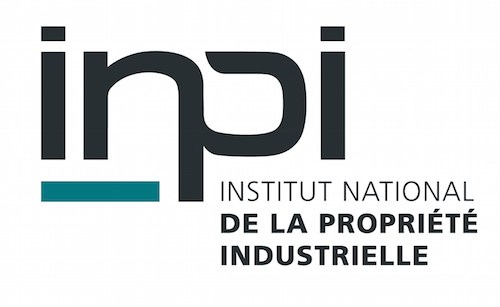#IPLaw #PatLaw – Disadvantages of the new mandatory online filing of patent applications before the French Patent Office (INPI)
Following the filing of the French trademarks and the filing of French designs, the General Director of the French Patent Office issued a decision on last November 8, concerning the filing of French patent applications and other national proceedings to be made exclusively online, with effect from November 19, 2018.
Previously, it was possible to file a patent application by hand, post, fax or filing software (epoline) common with several offices in Europe and with the European Patent Office. Since last November 19, these other means of filing are no longer allowed.
An INPI portal has been in operation for a very long time, and has been updated following objections. Indeed, schematically, the portal system looks for the term “description” in the text of the application to identify the description part, and does the same for the claims, the abstract, and the figures that should normally be integrated in the same file in docx format.
Following this, the system converts the deposited file into an “enrich” docx file with specific tags. The result is a change in the font, margins, character sizes and font, line numbers converted to paragraph numbers, and initial claim numbers (“1.”) are modified to (“[Claim 1] “). The system then generates a downloadable pdf file corresponding to the docx.
Thus, apart from the sequence of letters, the file of the pending application before the INPI no longer has any aspect in common with the file that the applicant has introduced on the system. It becomes difficult to refer to the application as filed, or to a co-pending application that should have been identical. Similarly in the context of a modification of the claims, for the practitioner, only the initial file in docx is available but it does not correspond, in the form, to the pending set of claims.
The removal of the other means of filing and the obbligaion to go through the portal INPI has, from the beginning, raised problems of form / cosmetic text, as well as practical problems from the point of view of the practitioner.
Most pratitians each have their uses in terms of fonts, formatting including paragraphs. The removal of the old filing means forces everyone to have a pending application to the INPI having exactly the same form and a relatively large font size delta between the title and the body.
Beyond the impersonalization of the texts of the French patent applications, come practical disadvantages when the practitioner wants to refer to the application as filed or the pending application, the relevant mentions are no longer in the same place. The same is true when one wishes to make modifications similar to those of a co-pending application, or to modify the claims during the procedure. Indeed, the pending application before the INPI is not available in editable format and the practitioner will use the initial file with the variations of positions.
What about documents filed in foreign languages? For example, can a French application under Chinese priority, for which instructions are given on the last day of the priority period, be recognized by the INPI portal system?
As for references numbers, it would be necessary to systematize the use of paragraph numbers, but it is possible that an empty paragraph could be considered by the portal system as a new paragraph where the practitioner would not have associated any number, which can generate specific shifts.
After objections the portal has been modified. The main novelties that were deemed sufficient to close the debate were the establishment of a fallback procedure and the possibility of paying the fees after the initial filing. Thus, a docx file that the system could not convert can be filed as is in its pdf form in the fallback procedure, the burden is for the applicant or the practitioner to file a compliant file within two months.
These changes are still not fully satisfactory. The impersonalization of the texts remains, as well as the practical disadvantages. Tests show that the filing of a Chinese docx makes it possible to do the fallback procedure. The regularization of the docx and the translation of the Chinese text of the application into French seems to have to be done within the same period of 2 months from the filing.
The main problem that remains to date concerns the case where the practitioner receives instructions of filing a French application under foreign priority with a document in pdf on the last day, without any docx document available for example due to jet lag. Indeed, in this case, the system hangs and does not accept the pdf because it is required to file first a docx could that not be converted, and then a pdf that exactly matches the docx … The risk of loss priority is therefore important with the subsequent consequences in terms of the validity of the patent application.
By way of comparison, online filing at the European Patent Office (EPO), the UK Office (UKIPO) and the German Office (DPMA) do not, to our knowledge, have this type of disadvantages.
The INPI portal therefore needs some additional developments to limit the aesthetic, practical and substantive disadvantages.




Leave a Reply
Want to join the discussion?Feel free to contribute!